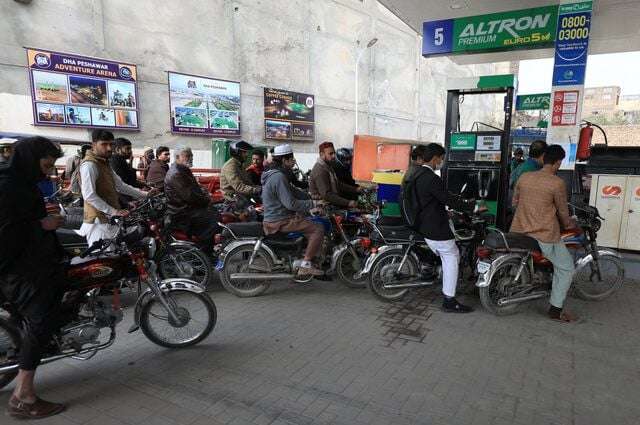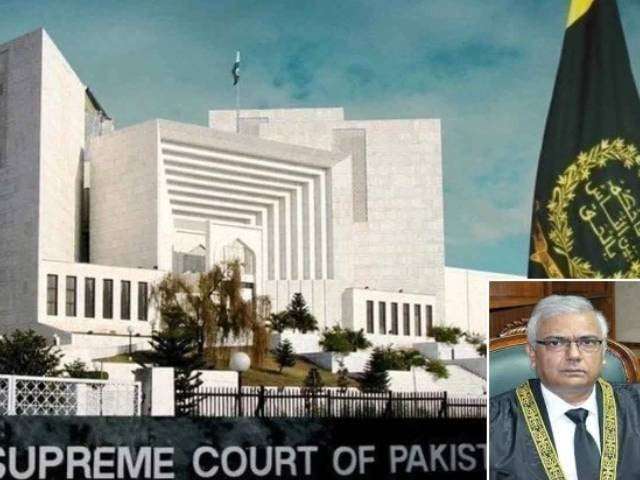The government’s recent announcement to maintain the prices of petrol and High-Speed Diesel (HSD) for the upcoming fortnight has come as a surprise to many. This decision comes after earlier reports suggested a possible hike in fuel prices, with projections indicating an increase of up to Rs6 per litre. However, as per a notification from the Finance Division, the prices of both petrol and HSD will remain the same as the previous fortnight, effective from November 16, 2024.
Overview of the Fuel Price Situation
Fuel prices have always been a matter of great concern for the public, especially given their direct impact on transportation costs and the overall economy. With global crude oil prices often fluctuating, the government regularly reviews the fuel prices in the country. These revisions are typically done fortnightly, with adjustments made based on international oil prices, exchange rates, and other factors.
Government’s Announcement on Petrol and Diesel Prices
In the latest announcement, the government confirmed that the price of petrol will remain at Rs248.38 per litre, while the price of High-Speed Diesel (HSD) will stay at Rs255.14 per litre. This decision comes into effect from November 16, 2024, and will last for the next 15 days.
This move has defied earlier speculations that fuel prices could rise, with some reports suggesting an increase of up to Rs6 per litre for both petrol and diesel. In the previous fortnight’s review, petrol prices had been reduced by Rs1.35, while HSD prices saw an increase of Rs3.85.
Impact of Global Oil Price Trends
The price of petrol and diesel in a country is not solely determined by the domestic market but is influenced by global oil prices. When global crude oil prices rise, domestic fuel prices are likely to follow suit. Similarly, when international prices fall, local fuel prices may also decrease.
The Role of International Crude Oil Prices
International crude oil prices have been volatile in recent months, which has led to uncertainty in the local fuel market. In the past, there were fears that rising crude oil prices would lead to an inevitable increase in fuel prices within the country. However, despite these global fluctuations, the government has managed to keep the prices stable for the next fortnight.
This decision could be a result of careful monitoring of the global oil market and an attempt to shield consumers from the adverse effects of rising fuel costs. Additionally, maintaining stable fuel prices is often seen as a strategy to ensure economic stability, as sudden price hikes can lead to inflation and an increase in the cost of living.
Domestic Factors Affecting Fuel Prices
Domestic factors such as exchange rates, taxes, and government policies also play a significant role in determining fuel prices. The government frequently adjusts fuel taxes to control the price of fuel, which is why there is often a discrepancy between international oil prices and domestic fuel prices.
In recent months, the country has seen a trend of fluctuations in fuel prices, with both increases and decreases observed. While the government has recently taken steps to stabilize the market, global oil price trends remain an unpredictable factor.
Expected Fuel Price Increase That Didn’t Happen
Earlier, reports had suggested that the government might raise fuel prices by up to Rs6 per litre. The expected increase was based on calculations submitted by oil companies to the Oil and Gas Regulatory Authority (OGRA).
Petrol Price Predictions
According to the sources, the price of petrol was expected to rise by Rs2.50 per litre, which would have taken it closer to Rs250 per litre. The projected increase in petrol prices was largely attributed to rising crude oil prices in the international market and fluctuations in the exchange rate.
High-Speed Diesel (HSD) Price Predictions
Similarly, High-Speed Diesel was expected to see a price hike of Rs5.91 per litre. HSD is commonly used in the transport sector, and any increase in its price would have had a direct impact on transportation costs. Given the already high transportation costs in the country, an increase in HSD prices was feared to worsen the situation.
Other Fuel Price Predictions
Other petroleum products like kerosene oil and light diesel oil (LDO) were also expected to become more expensive. Kerosene oil, which is used by many households for cooking and heating, was projected to increase by Rs5.54 per litre, while light diesel oil was expected to rise by Rs5.90 per litre.
However, despite these predictions, the government decided to maintain the status quo and not implement the expected price hikes. This decision is likely to be welcomed by consumers, especially those in the transportation sector, who would have faced higher operating costs with any increase in fuel prices.
Reasons Behind the Government’s Decision
There are several reasons behind the government’s decision to keep fuel prices unchanged despite earlier predictions of a price hike.
1. Economic Stability
Maintaining stable fuel prices is crucial for economic stability. Sudden increases in fuel prices can lead to inflation, affecting the overall cost of living. The government may have decided that keeping prices unchanged for the next fortnight would help avoid an economic shock to the public.
2. Political Considerations
Fuel price hikes are often unpopular among the public, especially when the economy is already struggling. By keeping prices stable, the government might be trying to avoid political fallout. Fuel price increases can lead to public protests and dissatisfaction, which could impact the government’s popularity.
3. Buffering the Impact of International Prices
By absorbing the effects of rising international crude oil prices and not passing them on to the consumers, the government is effectively shielding the public from the volatility of the global oil market. This could be a temporary measure to give the economy time to adjust to the ongoing fluctuations.
4. Strategic Timing
The government may have also decided that now is not the right time to raise fuel prices. With the global oil market still unpredictable and other economic factors in play, the government might have determined that increasing fuel prices would be detrimental to the public and the economy at large.
Public Reactions and Impact
The government’s decision has been met with mixed reactions from various sectors of society. On the one hand, consumers and businesses that rely on fuel have welcomed the decision to keep prices unchanged. Stable fuel prices ensure that transportation costs and other related expenses do not escalate in the short term.
On the other hand, oil companies and traders may have been hoping for a price increase to offset their own rising costs. Many stakeholders in the petroleum sector closely monitor fuel prices to ensure their business remains profitable.
Future Outlook for Fuel Prices
While fuel prices remain unchanged for now, the situation could change in the coming weeks. The global oil market continues to experience volatility, and any significant fluctuations in international oil prices could prompt the government to revise local fuel prices.
Global Trends and Local Adjustments
As crude oil prices rise or fall globally, it is likely that domestic prices will follow suit. The government will likely continue to monitor these trends and make necessary adjustments. However, given the current economic climate, it is possible that the government may delay any major price hikes for the foreseeable future.
Long-Term Economic Implications
The long-term impact of the government’s decision to keep fuel prices unchanged will depend on the trajectory of global oil prices and the stability of the domestic economy. If global prices continue to rise, the government may be forced to increase fuel prices in the future. However, if global prices stabilize or decrease, consumers could continue to benefit from lower fuel costs.
FAQs
1. Why did the government decide to keep petrol and diesel prices unchanged?
The government decided to keep petrol and diesel prices unchanged to maintain economic stability and shield consumers from the impact of rising global oil prices.
2. How much was the expected price hike for petrol and diesel?
Petrol was expected to increase by Rs2.50 per litre, while High-Speed Diesel (HSD) was projected to rise by Rs5.91 per litre.
3. Will fuel prices rise in the future?
Fuel prices may rise in the future depending on fluctuations in global oil prices and exchange rates. The government will continue to monitor these factors.
4. How do global oil prices affect local fuel prices?
Global oil prices directly influence local fuel prices. When international crude oil prices increase, domestic fuel prices typically rise, and vice versa.
5. Why are fuel price hikes unpopular?
Fuel price hikes are unpopular because they directly impact transportation costs, which can increase the overall cost of living. Higher fuel prices can also lead to inflation and economic instability.
ALSO READ:



